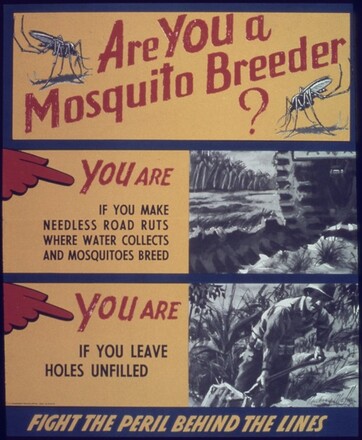Mosquito Control with Malathion
FOGGING: TUESDAYS — 11:00 PM
(weather permitting, see below)
As the warmer seasons progress each year, it is expected there will be periodic spikes in the mosquito population that will likely merit fogging with malathion. An ongoing concern is how to can the municipality provide residents with sufficient notice of when fogging will occur so they can shut their windows and stop their A/C units to keep the malathion out of their houses. Because fogging depends on so many factors like temperature, wind speed, precipitation, and more, it is difficult to provide appropriate advance notice. In order to address these concerns, malathion fogging will only occur on Tuesday evenings from 11 PM to 1 AM as needed. If fogging is to occur on a different date, the change of date will be advertised on the Town's website, Facebook page, and using the Message Express system.
We know that this is a quite controversial and complex issue with many stakeholders and variables to be considered. Hopefully we can arrive at an arrangement that will satisfy most.
The Town may be spraying, or fogging, certain areas with a pesticide called Malathion ULV (Ultra Low Volume) to control the mosquito population throughout the summer as needed. Application of Malathion can only occur on days that fall within a certain range of heat, moisture, and wind so the exact day and time of the applications is always uncertain.
We encourage all Town residents to educate themselves regarding Malathion ULV in preparation for application so that all residents and households in Town can keep themselves safe while spraying is ongoing. We have assembled a short list of government prepared documents that explain how Malathion works, the potential dangers to humans, and how to stay safe at the bottom of this page.
To ensure your health and that of your family, please stay away from the applicator while adulticiding is taking place. If you have respiratory problems, allergies, small children, or if you are pregnant or nursing please stay inside with the windows closed and the A/C shut off to avoid breathing in the airborne pesticide. If you are concerned about Malathion ULV fogging near your residence, please let us know and we will plan our fogging route accordingly.

